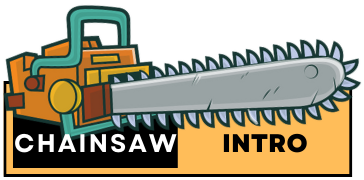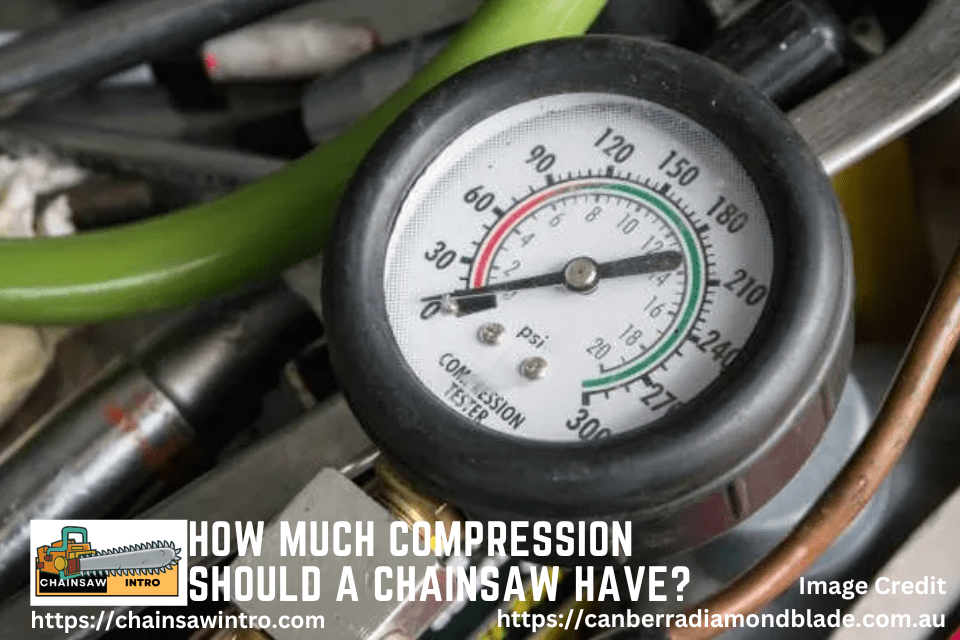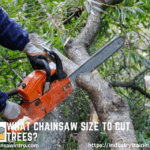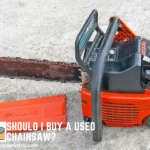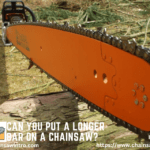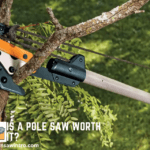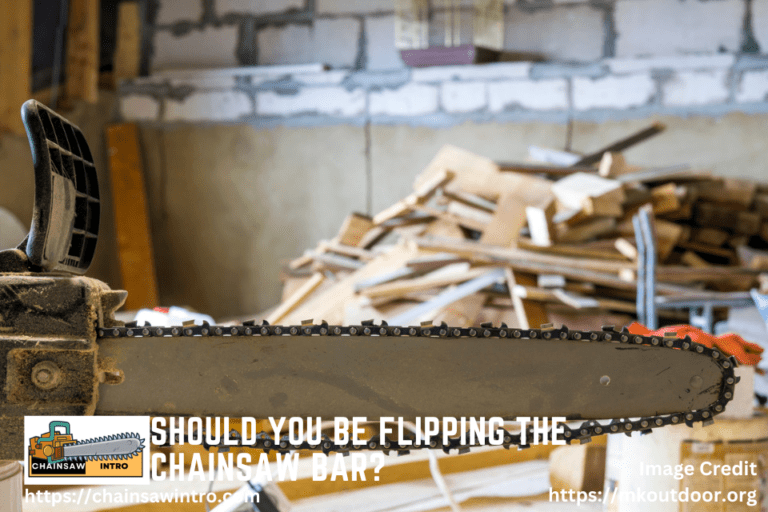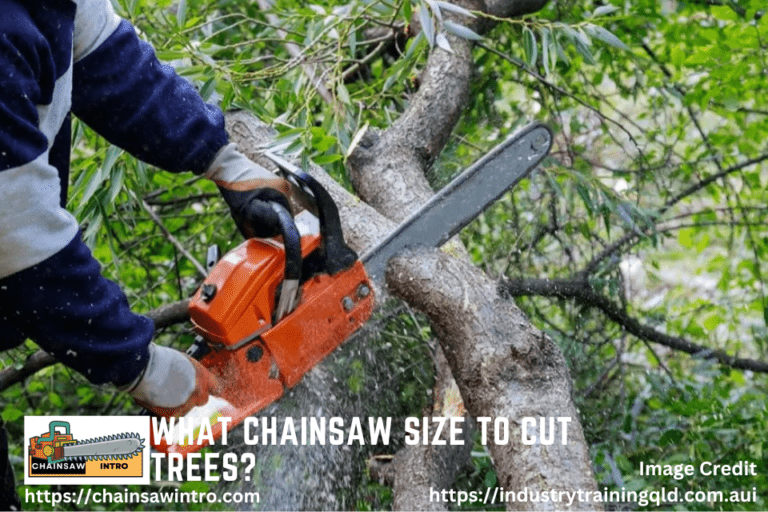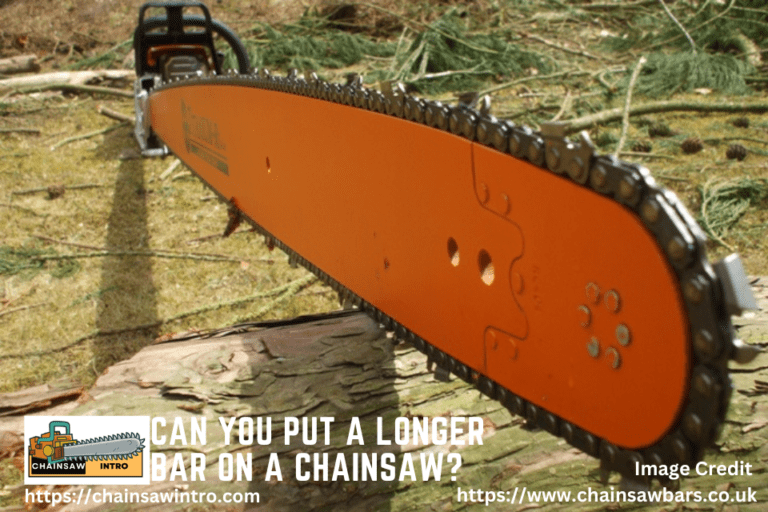A chainsaw’s engine is the powerhouse that drives the cutting chain, and one of the most critical factors in its performance is compression. If your chainsaw is hard to start, stalls frequently, or feels underpowered, low compression might be the culprit. But how much compression should a chainsaw have to run properly? The short answer is that most chainsaws require between 90 and 160 PSI (pounds per square inch) of compression to operate efficiently. Let’s dive deeper into why compression matters, how to test it, and what to do if it’s too low.
How To Compression Test a Chainsaw, the Easy Way.
What Is Compression in a Chainsaw Engine?
Compression in a chainsaw refers to the pressure generated inside the engine’s cylinder during the combustion cycle, measured in pounds per square inch (psi). It reflects how well the piston, cylinder, and rings seal to create the force needed for cutting power. Higher compression typically means better power output and efficiency, while low compression can lead to hard starting, reduced performance, or stalling, as noted in 2025 Popular Mechanics reviews.
Proper compression ensures smooth operation, reduces fuel consumption, and extends engine life. For gas-powered chainsaws, compression is a key indicator of engine health, especially when buying used saws or troubleshooting issues.
A healthy level of compression ensures:
- Easier starting.
- Smooth idling and consistent power.
- Efficient fuel combustion.
- Longer engine lifespan.
If compression falls below the required range, the chainsaw may struggle to start or lose cutting performance.

Ideal Compression Range for Chainsaws
The ideal compression for a chainsaw depends on its engine size (measured in cubic centimeters, or cc) and intended use. Here’s a breakdown of typical compression ranges based on 2025 insights from TechGearLab and FireAndSaw.com:
- Small Chainsaws (30-40cc): Used for light tasks like pruning or small firewood cutting (e.g., Stihl MS 170, Echo CS-310). Typical compression: 100-130 psi. These saws prioritize ease of use over raw power, so lower compression is sufficient.
- Mid-Range Chainsaws (40-60cc): Ideal for homeowners felling medium trees or cutting firewood (e.g., Husqvarna 450, Stihl MS 271). Typical compression: 130-160 psi. This range balances power and manageability.
- Professional Chainsaws (60-100cc+): Designed for heavy-duty logging or large tree felling (e.g., Stihl MS 661, Husqvarna 572 XP). Typical compression: 160-200 psi. Higher compression supports the demands of extended, intensive use.
New chainsaws generally have compression at the higher end of these ranges, while used saws may test 10-20% lower due to wear, per Reddit’s r/Chainsaw. A saw with compression below 90-100 psi is likely struggling and may need repairs, such as new piston rings or a cylinder rebuild, costing $50-$200.
How to Test Chainsaw Compression?
Testing compression is a straightforward way to assess a chainsaw’s engine health, especially for used models. You’ll need a compression tester (available for $20-$50 at Home Depot or Amazon). Follow these steps, based on 2025 Stihl maintenance guides:
- Prepare the Saw: Remove the spark plug using a spark plug wrench. Ensure the saw is cool and the fuel tank is at least half full to avoid dry testing.
- Attach the Tester: Screw the compression tester into the spark plug hole, ensuring a tight seal.
- Pull the Starter: Pull the starter cord 5-10 times to build pressure, keeping the throttle wide open. Note the highest reading on the tester’s gauge.
- Compare Results: Check the reading against the manufacturer’s specs (found in the manual or online). For example, a Stihl MS 271 should read 130-150 psi when new.
- Inspect for Issues: If compression is below the recommended range (e.g., under 100 psi for a mid-range saw), inspect for worn piston rings, scored cylinders, or leaking gaskets.
Low compression may cause hard starting, weak power, or excessive vibration, per Consumer Reports. Professionals on ArboristSite recommend testing both cold and warm to get a complete picture, as warm engines may show slightly higher readings.
Why Should I Test My Chainsaw Compression?
There are many reasons why you should test your chainsaw’s compression. Chainsaws with low compression will have difficulty running and staying powered. Low compression can also lead to other problems, like a harder start-up or trouble keeping the engine running during idle. If your chainsaw won’t start up or has a hard time staying on, it could be a problem with its compression.
If you want your chainsaw to work at its best, you should know how to check the compression on it. To do this, you first need to figure out where your spark plug is located on the engine so you can pull off its cap. Once you have done that, remove the air filter so it doesn’t get damaged while testing. You then need to attach a manual starter to one end of your chainsaw and turn it over with another person holding down the throttle trigger button.
Watch for any signs that point towards lower than normal compression; these would include having trouble starting or slowing down under heavy loads (like thick branches). If you notice these symptoms in your chainsaw, then it is time to test its compression.

How Do I Know If My Chainsaw Has Good Compression?
If you’re unsure about your chainsaw’s compression, there are a few ways to check. One way is to take the saw to a certified technician who can perform a compression test. This test measures the amount of pressure in the cylinder and can tell you if the engine is operating at peak performance.
Another way to check for good compression is by starting the chainsaw and letting it run for a minute or two. Then, turn it off and remove the spark plug. Using a ratchet, turn the flywheel until you feel resistance (this means that the piston is at top dead center).
If the flywheel turns easily, that means there’s low compression and something may be wrong with your piston or rings. In general, you want your chainsaw to have around 110-130 psi of pressure in order to operate correctly. If your saw has less than that, it may not start reliably or may run poorly.
Signs of Low Compression in a Chainsaw
Knowing when your chainsaw has low compression can save you time and money. Here are common symptoms:
- Hard Starting: You pull the starter cord repeatedly, but the engine won’t fire up easily.
- Loss of Power: The chainsaw bogs down during cutting, even with sharp chain and proper fuel mix.
- Frequent Stalling: The engine dies when idling or under load.
- Excessive Smoke: Poor combustion from incomplete compression can cause smoke and fuel inefficiency.
- Loose or Soft Pull Cord: If the starter cord pulls too easily with little resistance, compression may be low.
Maintaining Optimal Compression
To keep your chainsaw’s compression within the ideal range, follow these tips from 2025 sources like Stihl and ArboristSite:
- Use Fresh Fuel: Mix gas with 2-stroke oil at the correct ratio (usually 50:1) and use ethanol-free fuel to prevent deposits.
- Clean Regularly: Check and clean the air filter every 5-10 hours of use to ensure proper airflow.
- Sharpen the Chain: A dull chain forces the engine to work harder, reducing compression over time. Sharpen every 2-3 hours of use, per our previous article on chainsaw files.
- Avoid Overheating: Take breaks every 15-20 minutes during heavy use to prevent thermal damage.
- Store Properly: Drain fuel and store the saw in a dry, cool place to avoid corrosion or gasket degradation.
- Annual Tune-Ups: Have a professional inspect the engine yearly ($50-$100) to catch issues early.
Compression for Different Chainsaw Types
Compression needs vary by chainsaw type:
- Homeowner Saws (30-40cc): Lower compression (100-130 psi) suits light tasks like pruning or small firewood cutting, requiring less maintenance.
- Mid-Range Saws (40-60cc): 130-160 psi supports versatile tasks like felling medium trees, balancing power and ease.
- Professional Saws (60cc+): 160-200 psi is needed for heavy-duty logging, but these saws demand meticulous care to maintain compression.
Battery or corded electric saws (e.g., Ego CS2005, Oregon CS1500) don’t rely on engine compression, making them maintenance-free in this regard, per 2025 Consumer Reports.
Conclusion
Chainsaws are one of the most versatile and useful tools in a homeowner’s arsenal, but they can be dangerous if not used properly. One of the most important safety features on a chainsaw is the compression release. This feature allows the user to release the tension on the chain before starting the saw.
Most chainsaws come with a factory-set compression release, but it is important to check that it is set correctly before using the saw. The correct setting will vary depending on the model of chainsaw, so consult your owner’s manual for specific instructions. Generally speaking, you should aim for about 1/8″ of play in the compression release when the saw is turned off.
Frequently Asked Questions (FAQ) About Chainsaw Compression
How do I test chainsaw compression without a gauge?
If you don’t have a compression gauge, you can try the “thumb test.” Place your thumb over the spark plug hole and pull the starter cord. If compression is healthy, the pressure will push your thumb off the hole with force. While not exact, it gives a quick idea of whether compression is too low.
What causes low compression in a 2-stroke chainsaw?
Common causes include worn piston rings, scored cylinders, damaged gaskets, or leaking crankshaft seals. Incorrect fuel mix and poor lubrication also contribute to long-term wear that reduces compression.
Can a chainsaw run with low compression?
A chainsaw with compression below 90 PSI will usually not start or run properly. Even if it starts, it may stall, lose power, and burn fuel inefficiently.
How do I increase compression in my chainsaw?
To restore compression, you may need to replace piston rings, repair or replace the cylinder, install new seals and gaskets, or clean carbon buildup. Preventive maintenance and correct fuel mixtures help avoid low compression in the first place.
Is higher compression always better in chainsaws?
Not necessarily. While higher compression can mean more power, too much can make starting difficult and increase wear. The best performance comes from staying within the manufacturer’s recommended compression range (90–160 PSI).
How often should I check chainsaw compression?
You don’t need to test it frequently, but if your chainsaw is hard to start, stalls often, or loses power, checking compression should be one of the first troubleshooting steps.
What Is A Chainsaw Compression Test?
If your chainsaw won’t start, one of the first things you should check is the compression. The compression test will tell you if the engine’s piston and rings are sealing properly, and if there is enough pressure to push the piston down. To do a compression test, remove the spark plug and insert a compressed air gauge into the hole.
Pump up the gauge until it reads 120 PSI (pounds per square inch). If the reading is low, that means there is a problem with either the piston or rings. If it’s high, then there could be an issue with the valves.
Compression tests are an important part of maintaining your chainsaw, and can save you a lot of time and money in repairs down the road.
Can Low Compression Damage an Engine?
If your chain saw has low compression, it could damage the engine and make it more difficult to start up in cold weather. You might notice that when you start your chainsaw with low compression, it will not run as well as before. This can cause problems when trying to cut down trees because they won’t get chopped up properly if there isn’t enough force behind each pull of the chainsaw’s blade against woody material. It may seem like nothing bad has happened yet from having low compression, but eventually something might go wrong because of all those extra stressors placed on parts inside our machines!
Does high compression make more power?
The short answer to this question is no. In most cases, more compression does not mean more power. Many outdoor enthusiasts are under the impression that higher compression will make their saws run better and cut faster. However, they’re misinformed. It’s true that chainsaws with higher compression work better. But only up to a certain point. After that, it’s possible for high compression to cause damage to the cylinder or piston.
What is the Minimum Compression for Stihl?
The minimum compression for stihl chain saws should be around 50 psi. Anything less than that and your chainsaw will not operate correctly. There are several ways to measure the pressure in a chainsaw, but most people use an air compressor or a gauge connected directly to the bar oiler fitting on top of their engine compartment near where they connect to the reservoir tank.
What is Normal Compression on a Chainsaw Engine?
Chainsaw engines typically have a compression ratio between 6:1 and 8:1. This means for every six to eight cylinders of air, there is one cylinder of fuel. The higher the compression ratio, the more powerful the engine.
William C. Bozeman is a seasoned chainsaw expert and outdoor power tool enthusiast with over a decade of hands-on experience in tree cutting, forestry, and property maintenance. Having worked with leading chainsaw brands like Stihl, Husqvarna, and Oregon, Bozeman shares practical knowledge, safety tips, and honest reviews to help homeowners, DIYers, and professionals make informed decisions.
